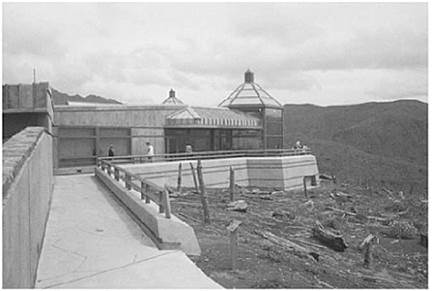Available leisure time and spending power have both increased, but in different sectors of the population. With the changed economic patterns of many countries, higher-earning people tend to work harder and have less leisure time, while the lower earners and unemployed have more enforced spare time but, in many cases, little cash for leisure spending.
If these groups participate in outdoor recreation, then the highest earners are more likely to go for weekends at ski resorts or to take expensive long-haul holidays to exotic locations, where the most is made of the limited opportunity for leisure. The lowest earners, on the other hand, may have to be content with visits to local areas on a regular basis to walk the dog, fish in a canal or lake, go jogging or sit on a bench in a public park.
There are a wide range of groups in between, but with relatively high numbers at each end. Another feature is the demand for high-quality experiences and high-quality service by the more affluent. Less affluent people may already live in less attractive residential areas, so that the quality of experience may matter less than its value as an escape from the increased stress that unemployment is known to bring.
|
The visitor centre at Mount St Helens, Washington, USA. The scenery devastated so dramatically by the eruption in 1980 is a major attraction. A centre like this not only provides facilities such as toilets and interpretation, but also offers a chance to earn revenue from the sale of souvenirs and refreshments. If the designers are not careful, the building itself becomes the attraction, and can become divorced from its surroundings. |




